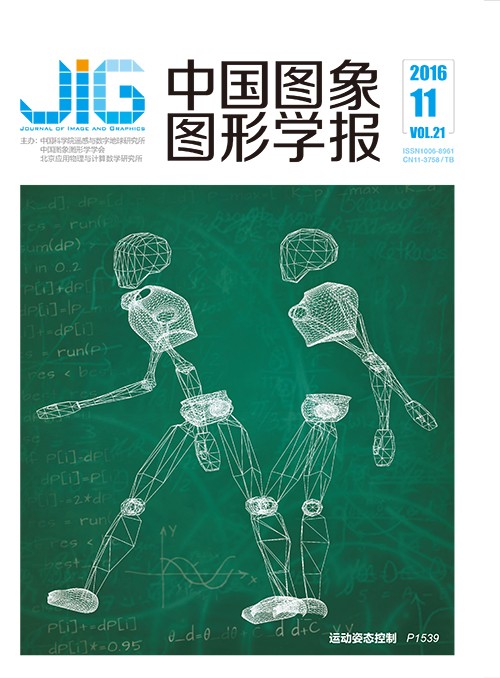
多媒体技术研究:2015——类脑计算的研究进展与发展趋势
黄铁军1, 施路平2, 唐华锦3, 潘纲4, 陈云霁5, 于俊清6(1.北京大学信息科学技术学院, 北京 100871;2.清华大学精密仪器系, 北京 100084;3.四川大学计算机学院, 成都 610065;4.浙江大学计算机学院, 杭州 310058;5.中国科学院计算技术研究所, 北京 100190;6.华中科技大学计算机学院, 武汉 430074) 摘 要
目的 类脑计算,是指仿真、模拟和借鉴大脑神经网络结构和信息处理过程的装置、模型和方法,其目标是制造类脑计算机和类脑智能。方法 类脑计算相关研究已经有20多年的历史,本文从模拟生物神经元和神经突触的神经形态器件、神经网络芯片、类脑计算模型与应用等方面对国内外研究进展和面临的挑战进行介绍,并对未来的发展趋势进行展望。结果 与经典人工智能符号主义、连接主义、行为主义以及机器学习的统计主义这些技术路线不同,类脑计算采取仿真主义:结构层次模仿脑(非冯·诺依曼体系结构),器件层次逼近脑(模拟神经元和神经突触的神经形态器件),智能层次超越脑(主要靠自主学习训练而不是人工编程)。结论 目前类脑计算离工业界实际应用还有较大差距,这也为研究者提供了重要研究方向与机遇。
关键词
Research on multimedia technology 2015-advances and trend of brain-like computing
Huang Tiejun1, Shi Luping2, Tang Huajin3, Pan Gang4, Chen Yunji5, Yu Junqing6(1.School of Information Science & Technology, Peking University, Beijing 100871, China;2.Department of Precision Instrument, Tsinghua University, Beijing 100084, China;3.College of Computer Science, Sichuan University, Chengdu 610065, China;4.School of Computer Science & Technology, Zhejiang University, Hangzhou 310058, China;5.Institute of Computing technology, Chinese Academy of Sciences, Beijing 100190, China;6.School of Computer Science & Technology, Huazhong University of Science & Technology, Wuhan 430074, China) Abstract
Objective Brain-like computing is the device, model or methodology which emulates, simulates or imitates the structure of the brain's neural system and its information processing mechanism, with the goal to produce the brain-like computer and brain-level intelligence. Method This report reviews the progress and challenges of brain-like computing in the last two decades, in the world and in China, including related research in the brain science, the neuromorphic devices, neural network chips, brain inspired computing models and applications. The future development trend is also prospected. Result Different from the classical artificial intelligence methodologies, including the symbolism, connectionism, behaviourism and statisticsism, brain-like computing follows the imitationism: imitate the brain at structure level (non von Neumann architecture), approximate the brain at device level (neuromorphic devices emulating the biological neurons and synapses), and surpass the brain at intelligent level (mainly by autonomous learning and training rather than manual programming). Conclusion At present, there is still a big gap between the practical application of brain computing and the practical application of the industry, which provides an important research direction and opportunity for the researchers.
Keywords
brain-like computing neuromorphic computing brain-inspired intelligence neuromorphic device neural network chip spiking neural network
|



 中国图象图形学报 │ 京ICP备05080539号-4 │ 本系统由
中国图象图形学报 │ 京ICP备05080539号-4 │ 本系统由